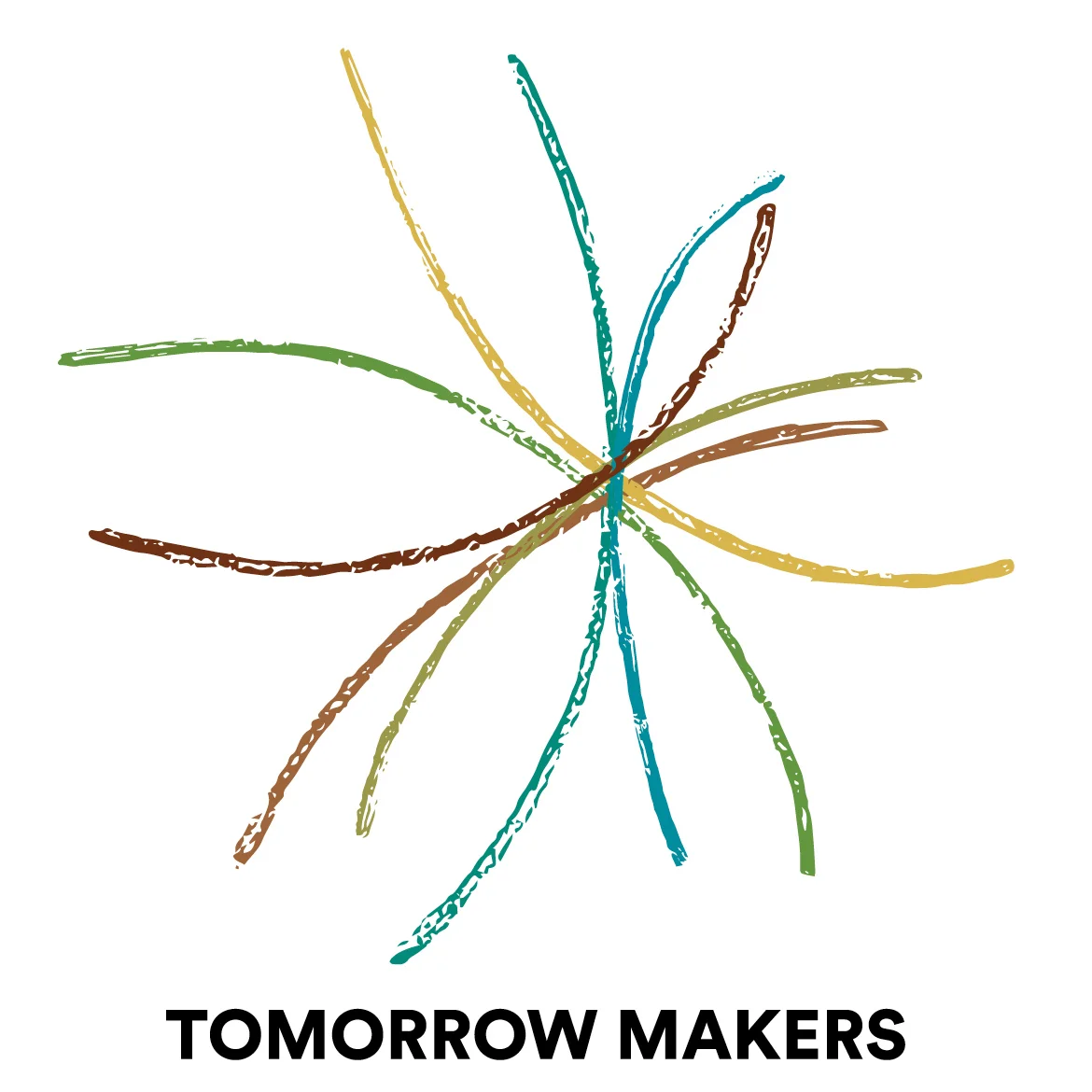In civilizations with long nows, says Brian Eno, "you feel a very strong but flexible structure . . . built to absorb shocks and in fact incorporate them." From The Clock of the Long Now, by Stewart Brand, 1999
When Matt and I began working together, he was just coming out of two years of deep learning and reading. He was looking at the patterns embedded within Cybernetics and systems theory, requisite variety and other systems coming out of the 30 and 40s. We both read Future Shock and many, many other books on the future. Many were brilliant until the end. But in the end, no one offered brilliant solutions; in fact, there were no solutions leading to a better world. The ideas fizzled out or were merely small linear transition steps.
Matt was teaching a course: Redesigning the Future and part of his assumptions were:
There would be as much global social/economic and technology change in the next 30 to 40 years as there had been since the middle ages;
That most individuals had more capability then kings and queens of the past.
Each of us had more freedom and license to change and design our world than any time in known history.
I was working in education where everyone should have been thinking and designing for the future. Success for a teacher is 15 to 25 years in the future when their students would mature and begin to shape their own futures. Thinking beyond getting students through the year was rare for teachers.
It was clear to us that the future was happening by default, not design!
Thus as we designed and developed our first group workshop focusing on the future. We incorporated Matt's assumptions into our thinking. One of the first modules we did was a 100 year time line ... 50 years back and 50 years into the future. Since our first workshops were family inclusive we had a number of young children who participated in creating the time line. It was an amazing snap shot of a future in the making. Participants moved backwards and forwards writing down their memories and assumptions. Great fun and participation. One idea sparked another and another as people came up one at a time and added a thought. It was a worthy part of our SCAN. They began to see how they could shape the future, using the new found capabilities Matt had shared with them. And, best of all, participants, all from different sectors of a community began to trust each other. They were creating something together!
By the early 80's we had incorporated our into our vision the idea: "Everyone engaged in rebuilding Earth as a work of art" Many of the participants were contributing powerful ways of seeing and sensing patterns.
Then we began working with Ernst & Young and while they put up with it, SCAN was just something they had to get their clients to endure. The time line was no longer essential, or if it was, maybe we could move it out five to ten years from the present. Clearly the future vision and near term were in no meaningful way connected, one to the other. As Ernst & Young sold to Cap Gemini, the time line got more and more sub optimized. It became tactical instead of exploratory, visionary, inpactful. This is not to say the work they did was not useful. It was and is. But rarely, does it ask enough of participants to think big, be bold, or to step up to transformation.
I tried several times to reserect the importance of playing with the future, looking at possiblities. Never did Matt or I see this as forecasting or predicting but rather an informed brainstorm. The more we opened ourselves to the possibilities put on the timeline, the more prepared we would be to see reality when it came our way and could respond to it by design, not default.
In the fall of 2014, a few of us met in Victoria and I once again incorporated the time line into the overall design of our two days together. It began slow but as our conversations warmed up to different thoughts it became more and more apparent that thinking about the future, playing long term, was at the core of our process and method. We were about so much more than helping a corporation, or non-profit, or government deisgn for a six-month gain! As humans creating a world far into the future, our responsibility was to become foresighted, visionary, fruitful. This was practical and important. We held the idea close wanting to develop it more, wanting it to become rich, essential, and not get dumbed down to fit within a tiny window. We met again in 2015 with a slightly larger group and gave it more meaning.
Since that time, I think each of us present in those sessions have been including We Play in Centuries concept in different ways. I have liked the ways we have used it and how participants are stepping up and engaging with the future. Each round brings new ideas and possibilities. I actually think that an exciting one or two day event could be wrapped within We Play in Centuries and I'm looking for people who think so too! This is the work of Tomorrow Makers.
Matt and I began our work in the 20th century. We are now well into the first 1/5 of the 21st century. Our children may well be facing the quesion for how long they want to live. Forever? Perhaps. Certainly well into their 100's. What kind of world are we creating for the 22nd century? Will we use our power? Our design essence? Our communities to create the world as a work of art?
Let's create a civilization with a long healthy now! Can we say we have been good ancestors?

